"President," said the Minister of Environment, Gustavo Manrique to the President of Ecuador, Guillermo Lasso, "do you want to save more than a billion dollars of debt?"
Conforme a los criterios de

It was 2022, and Manrique was referring to a way to achieve this relief in his country's public finances by taking advantage of the value of the diversity of life in its territory.
And to convince Lasso, he says now, he could have resorted to explanations about the importance of certain species in the food chain, or talked about CO2 sequestration. Instead, he used a more universally understood language.... "Do you want to save over a billion dollars in debt?"
And the conversation and the president's positive response, Manrique says, lasted three minutes, and the following year, on May 9, 2023, the world's largest debt-for-nature swap pact was announced.
The agreed scheme has won seven international awards, including two from Environmental Finance's Annual Impact Awards in London.
As COP-16 gets underway in Cali, former Foreign Minister Manrique explains the financial operation in San José, Costa Rica, taking advantage of his visit to that city for the event at which he received the distinction of Goodwill Ambassador of the Inter-American Institute for Cooperation on Agriculture (IICA).
Debt-for-nature swaps are a mechanism insisted on by countries that, due to their characteristics, are under greater pressure to protect nature or are more vulnerable to climate change, despite the fact that they produce less greenhouse gas emissions.
The presidents of Colombia, Argentina and Costa Rica, for example, called for the use of these instruments in meetings prior to COP-26 on climate change in Glasgow. It is necessary," said the then President of Colombia, Iván Duque, "that we have innovative tools from the multilateral lending agencies, and in my opinion this implies that we establish systems of debt cancellation or neutralization against objectives achieved in terms of climate action. To the extent that many of these objectives are met, there can be effective commutation or cancellation of loans.
The political relevance of sustainability
To explain his country's case, former Foreign Minister Manrique is leaving until March 2021. At that time, a month before the second round of the presidential elections, candidate Lasso, who had come in second, called Manrique, whom he did not know, to offer to participate in the rest of the campaign and in a possible government.
Based on the results of the first round, Lasso had made some calculations and believed that the disadvantage that had put him in second place was related to the presence of the environmental issue in the candidates' proposals.
He had gone through the speeches, candidate by candidate, to count the presence of the word "sustainability" in their language, and found that in his case it was zero. The presence of Manrique, who until that moment had stood out in socio-environmental projects, was a way to make the commitment to this issue visible.
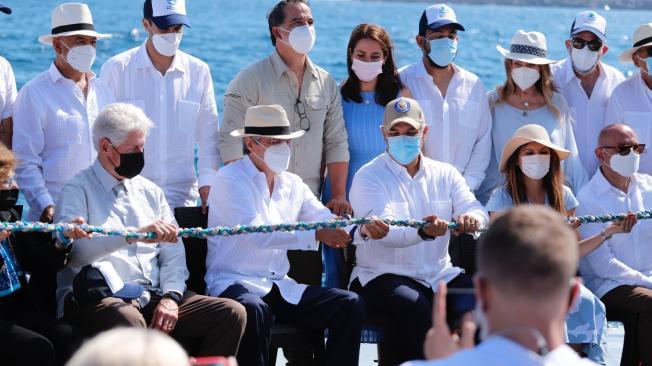
El expresidente Bill Clinton a la izquierda de Guillermo Lasso (centro), y a su derecha, el entonces presidente de Colombia Iván Duque, en el acto de declaración de la Reserva Marina Hermandad, en enero del 2022.
Foto:Image posted by former Ecuadorian Foreign Minister Gustavo Manrique on X.
In his first meeting with the candidate, Manrique gave him an example to illustrate the dimension of the sustainability issue. I told him, "Do you know how much more or less a pound of marlin (sailfish) is worth in Costa Rica and Ecuador? It is worth 750 dollars in Costa Rica and 3 dollars in Ecuador. Is Costa Rica that expensive? No. What happens is that they inventoried the marlins, they created a public policy of "fish it and release it", they calculated how many times you can fish it during its useful life, and the 750 dollars is based on days of boat rental, hotel rooms, lunches consumed, sailors, captains, taxes... So it makes all the sense in the world to keep the marlin alive".
Eventually, Lasso won the presidency and Manrique became his minister of the environment. Ten days into his administration, Lasso signed a decree adding the term "ecological transition" to the name of the ministry, making it a cross-cutting issue. "I could already go to the Ministry of Education and say, 'What is your ecological transition,' or to the Ministry of Construction (housing)...". According to Manrique, this has made it possible to implement actions that are reflected in facts such as the 400 percent increase in protected water areas.
One of those decisions by the Lasso government was the creation of the Hermandad Marine Reserve on January 14, 2022, whose practical effect was to expand the Galapagos Marine Reserve to take less fish "in theory," Manrique says. "I say 'in theory' because there is a concept that if you protect more, more will reproduce and there will be more on the sides."
We gathered 20 scientists and I negotiated with the biggest critics, the fishermen.
And a key to being able to make a decision that was perceived as very difficult by a sector of production is the Academy, Manrique emphasizes: "We gathered 20 scientists and I negotiated with the biggest critics, the fishermen. The Academy gave me all the data. We found that the endemic Galapagos sharks, in their juvenile stage, go to the mangroves of Panama, take refuge there and return. Then, as a second effect, we created the largest transboundary corridor in the world. Ecuador, hand in hand with Costa Rica, and Costa Rica with Panama and Colombia. Today we already have 'tagueadas' species and it is a highway".
Based on this knowledge, the participation of the fishing sector was obtained, in a country that has the largest fishing fleet in the eastern tropical Pacific.
Faced with the decision of the reserve, there was a reaction from the United States government to a country perceived from there as full of unsatisfied basic needs. "As we speak," says Manrique, "they're cutting off our electricity; we don't have enough hospitals, roads, schools. And yet, in one area, the country has banned productive activities such as fishing.
The United States responded through its International Development Finance Corporation (DFC), which issued a political risk insurance policy to purchase Ecuador's current debt in order to generate savings on public debt and promote other revenues.
The debt swap was formalized and announced on May 9 last year. With the support of the DFC, a US$800 million blue bond was issued with the banks Credit Suisse and UBS. It's a bond," says Manrique, "that, if you turn it over, has the seal of the U.S. government on the back, saying, 'If Ecuador doesn't pay you, I'll pay you.
The amount of bonds creditors agreed to exchange
The situation of Ecuador's regular debt at that time pointed to the fact that, in the words of the former minister, "with 40 cents on the dollar you buy a dollar, because we were in the middle of a political process, because we became a country with a lot of drug transit," among other problems.
"Finally - Manrique continues - "1,600 million dollars in holders approached us and said: 'I prefer the blue bond document with the seal of the United States to that of Ecuador, with these risks.
At that point, it was normal for whoever had the new paper to look at Ecuador and say: "Now you owe me, because you bought 1,600 million with 600 million. However, the former foreign minister points out that these people "who want to support Ecuador's entire conservation strategy, break (I'm using the metaphor) the bonds of 1,600 million dollars and tell us: 'Now you only owe me 600 million,' and what was due in 2030, you pay me in 2042; what says 2035, you pay me until 2042, and what says 2040, you also pay me in 2042. Likewise, Manrique points out that as the flow and the amount improved, so did the interest rate, which is now 6.92 percent.
"The 656 million must be paid over 18 and a half years, but as it is paid - payments between 35 and 55 million dollars - 18 million dollars a year for 18 years will be returned to Ecuador. Of that amount, $13 million a year will be invested in exclusive sustainability for Galapagos and $5 million will go into a perpetual fund, so that when the $13 million a year is no longer received, there will be a $280 million fund that will generate a return on the millions that are no longer received.
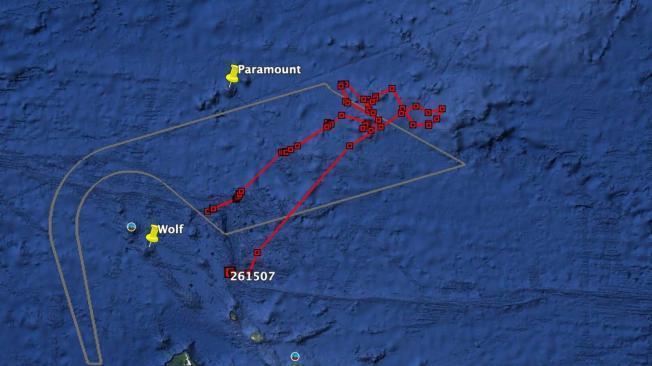
En rojo, la ruta de un tiburón martillo rastreado en las últimas semanas en su desplazamiento entre Galápagos y Costa Rica, y en gris, los límites de la reserva marina.
Foto:Image posted by former Ecuadorian Foreign Minister Gustavo Manrique on Linkedin.
Meanwhile, two and a half years after the Hermandad Marine Reserve was declared, it has been possible to observe the safe movement of hammerhead sharks to Costa Rica and their return to the Galapagos, and how the route corresponds to the boundaries of the reserve. According to Manrique, "diving to observe hammerhead sharks generates important income for the economy of the Galapagos and Ecuador, in addition to its fundamental role in the marine ecosystem," adding: "The new currency that the world needs and that Ecuador has is biodiversity.
This, in a nutshell, is the vision of the debt swap, to leave a pillar of living water. Debt swaps exist every day," says Manrique, "but this one has a peculiarity, which is the financial architecture. The amount is by far the largest in the world.
The mechanism continues to produce new results, such as the one announced last Thursday, October 17, by the government of El Salvador and the Latin American Development Bank (CAF). Also with the support of the DFC, it was agreed to buy back the country's bonds for 1,031 million dollars in an operation to be carried out by JP Morgan. The savings will be used for conservation, water security and ecosystem restoration in the Lempa River basin.
Editor's note: This text is an artificially intelligent English translation of the original Spanish version, which can be found here. Any comment, please write to berdav@eltiempo.com

.png) hace 5 meses
42
hace 5 meses
42
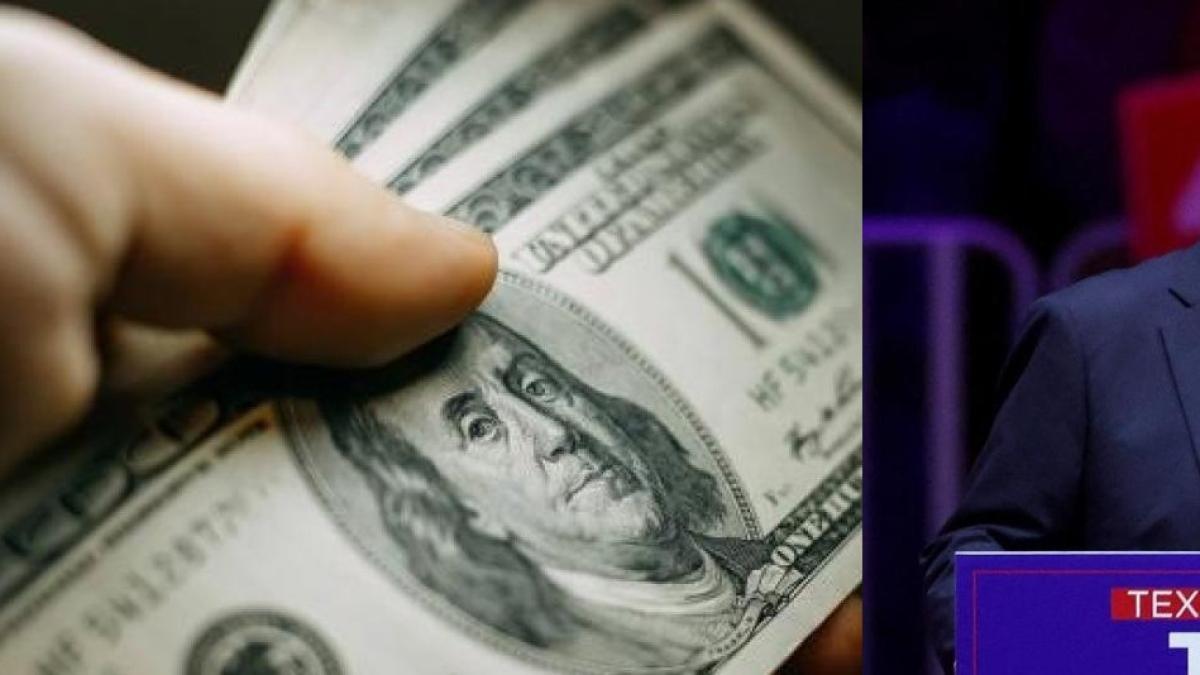





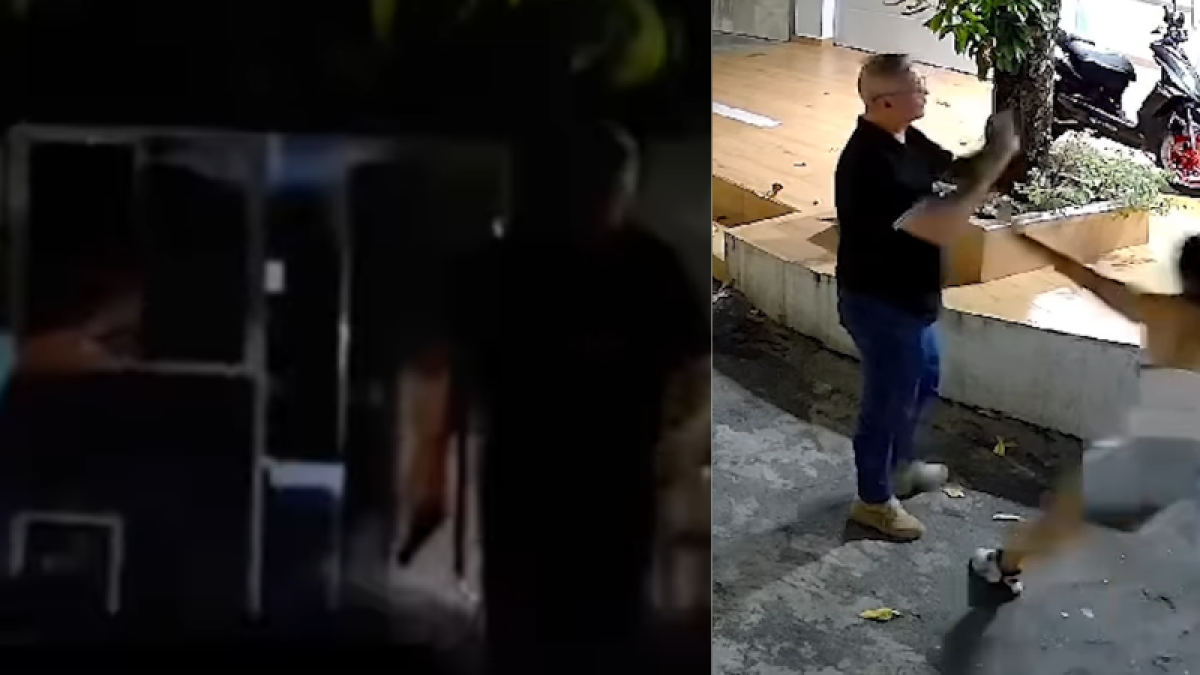

 English (US) ·
English (US) · 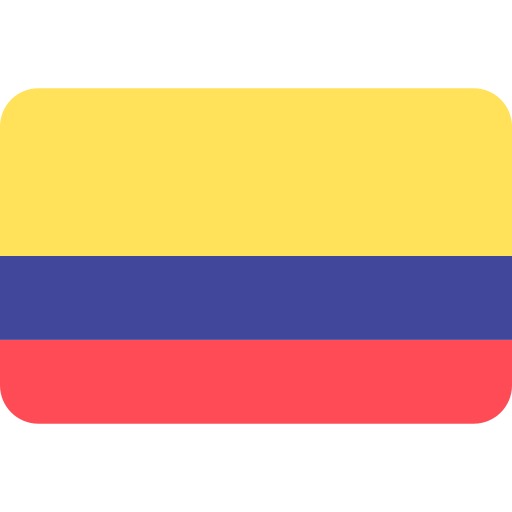 Spanish (CO) ·
Spanish (CO) ·